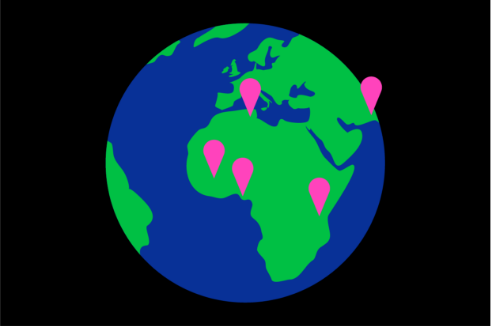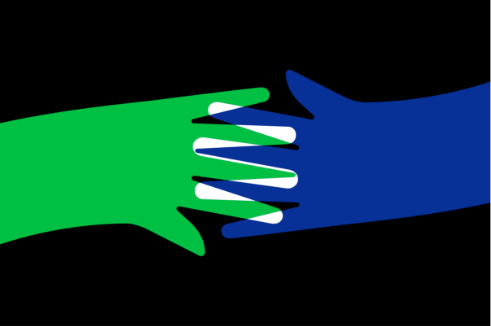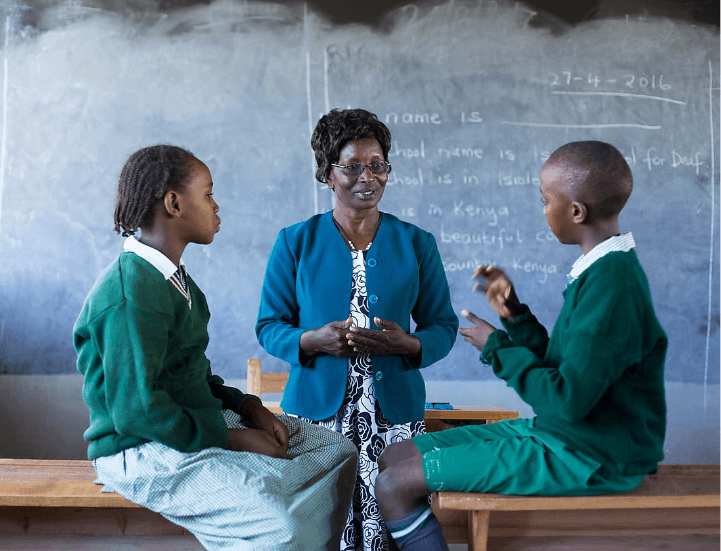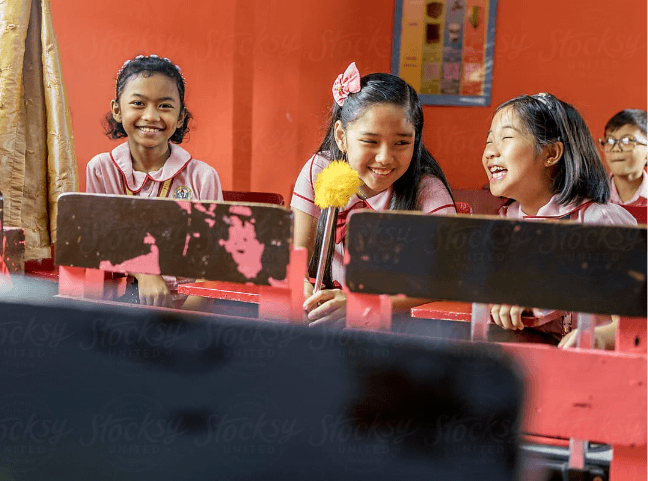Supporting Local Efforts to Prevent Violent Extremism
By using advocacy skills developed through GCERF funding, the team exercised their agency and succeeded in setting up a security office to help keep their communities safe.

Our Process

1. Identify communities
Working with local partners to identify the communities most vulnerable to violent extremism.

2. Find and fund organisations
Finding community-based organisation at the grassroots level that are capable of delivering local initiatives, and then utilising a global network to fund those with potential to grow and scale.

3. Build Capacity
Unlocking local potential by building organisational capacity to ensure crucial skills and knowledge evolve in the early stages of development.

4. Connect with partners
Connecting local partners to national governments foundations, and businesses to further scale initiatives.

5. Monitor Progress
Striving for long-term sustainability with regular follow-ups and check-ins. GCERF uses this knowledge to enrich a global understanding of how to strengthen community resilience.
Reaching the Unreachable
Connect Local Communities
- Local actors understand what drives recruitment and radicalisation to violent extremism in their communities.
- Local communities have innovative ideas about how to prevent recruitment and radicalisation to violent extremism among their members.
- Engaging communities and building their resilience is an important aspect of wider national and international PVE efforts.
Reaching Beyond: GCERF’s Sub-Grantees
Capacity-building modules include: financial and administrative management; compliance (ethics and anti-fraud); security and risk management; project cycle management, with a particular focus on monitoring, evaluation, and learning; partnership management; consortium management (e.g. forming and leading a consortium of smaller, local, community-based organisations); and thematic modules on PVE, gender, and communications.

Leverage Points

Objective
Where violent extremists recruit the marginalised, GCERF aims to help communities build and strengthen positive options where communities and their members maintain cohesion during times of societal change.

Outcomes
Availability of more positive options, and an enhanced sense of purpose, inclusiveness, and acceptance of diversity among the community.
Lessons Learned
1.Religious leaders can be powerful advocates for peace.
Bringing religious leaders together for interfaith dialogue was highly successful and effective, even in areas where no platforms for cooperation previously existed; leaders from different faiths were keen and able to find common ground.
2.Involving local leaders and government officials in public and community engagement events adds value, extends reach,and enhances legitimacy.
Grantees observed that when local leaders and authorities attended public events such as rallies, human chains, processions, and discussions, the enthusiasm of the community members for those events increased.

Objective
Where violent extremists exploit governance challenges, GCERF aims to strengthen the capacity of communities to mobilise, organise, and represent their own interests.

Outcomes
enhanced mobilisation, organisation, and representation of communities and their interest; as well as increased engagement and dialogue with state authorities and other stakeholders
Lessons Learned
1.The work of GCERF grantees has demonstrated why community agency is a key ingredient for good governance: fostering active engagement between communities and local authorities, as well as supporting the implementation of local PVE action plans. In addition, local authorities may scale up successful activities, thereby expanding the reach of GCERF funding.
Objective
As positive social and economic alternatives to what violent extremists claim to offer, GCERF aims to lift barriers that limit access to social and economic opportunities.

Outcomes
removal of barriers to access opportunities, and a more diverse range of members of the community accessing opportunities
Lessons Learned and Recommendations:
1.Promoting equal access to opportunities requires adequate investment and ongoing support: GCERF grantees that provided young men and young women with small grants found that, with support, the participants spent the grants wisely and are now mostly self-employed. However, small grants need to be large enough for beneficiaries to be able to invest in lucrative and sustainable livelihood activities.

Objective
With critical thinking and confidence to resist violent extremism, GCERF aims to help individuals become more resilient to radicalisation to violent extremism through a stronger and more positive sense of self.

Outcomes
enhanced critical thinking and life skills, as well as through more positive sense of self, of contribution and of belonging among members of the community.
Lessons Learned and Recommendations:
1.Youth are proactive on PVE and should be empowered as change agents: They contribute to their communities’ PVE efforts in creative ways, and, in return, this vitality of community ownership gives young people a sense of purpose.
2.Most successful activities: safe spaces help increase youth and women’s confidence; sport events combined with peace messages are an effective way of engaging with young people, and give them a sense of belonging; skills acquisition training to access meaningful employment addresses the challenge of material enticements by violent extremist groups.
Stories of Resilience
After suffering this injustice, Boubacar was highly vulnerable to the recruitment promises of violent extremist groups. A GCERF-funded grantee noticed him and invited him to an awareness-raising event. When Boubacar responded well to this, they asked him to join a community watch group. He was inspired by these activities and went on to mediate conflicts in his home village. Because of his personal story of healing and forgiveness, he has become a very convincing mediator. In the future, Boubacar hopes to reach out to religious leaders and traditional authorities to raise awareness on PVE.




